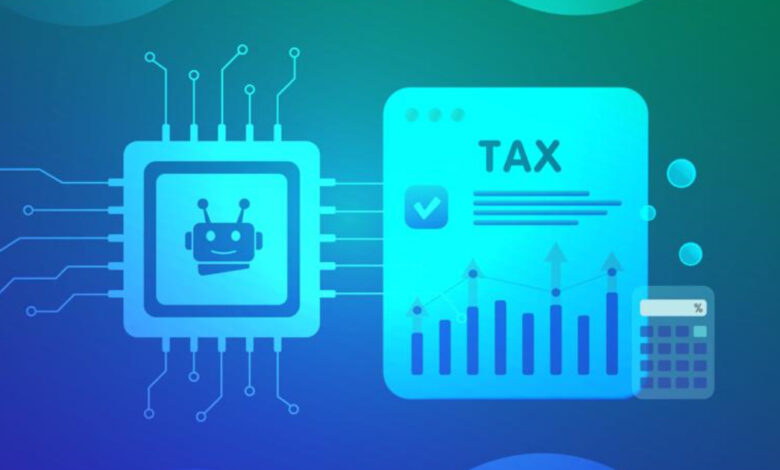
If you’re running a startup, scaling a tech-enabled business, or really any type of company using ChatGPT, etc, chances are you’re leaving tens—if not hundreds—of thousands of dollars on the table.
That’s not a figure of speech.
According to recent IRS data, billions in Research & Development (R&D) tax credits go unclaimed every year—largely because business owners assume they don’t qualify or the process is too complex. But with the help of artificial intelligence and smarter financial tools, these tax credits (read: Real money) are becoming easier to identify, claim, and reinvest into growth.
And the best part? You don’t need to have a laboratory or be a Silicon Valley giant to qualify.
What Are R&D Tax Credits—Really?
The R&D tax credit is a federal (and often state-level) incentive designed to reward businesses that innovate. This includes creating new products, improving existing ones, refining internal processes, or developing software—even for internal use.
In other words: if you’re solving problems or experimenting to improve your business, you may be conducting qualified R&D.
Industries that frequently qualify include:
-
Software & SaaS
-
Fintech
-
Healthcare & MedTech
-
Construction & Architecture
-
Manufacturing
-
eCommerce with custom platforms
Even AI development, backend optimization, and UX enhancements could qualify.
Why Entrepreneurs Miss Out
Most founders are busy growing, selling, and managing risk. They assume “R&D” is for scientists in white lab coats or Fortune 500 R&D departments.
The reality is: you may already be doing R&D without realizing it.
If you’re:
- An entrepreneur and spending time researching and developing new technology
-
Paying developers or engineers to solve tech problems
-
Prototyping features
-
Improving workflows or backend performance
-
Integrating AI into your systems
Then you’re likely eligible for substantial credits.
The AI Advantage: Making R&D Credits Accessible
At TaxCreditIntel.com, they (and a few other sites and platforms like it) use AI to cut through the complexity and deliver a clear picture of what a business may be entitled to. In fact, they are a neutral site that provides data, information, and resources about R&D tax credits, firms that do the consulting about such matters, and can reply to questions about the huge items that so many entrepreneurs miss.
Through automation, they:
-
Scan your industry and business activity for eligibility
-
Help estimate potential savings
-
Flag which expenses qualify (such as employee wages, contract developers, software tools)
-
Connect you with experts to finalize and file your claim
This drastically reduces the time, confusion, and cost typically associated with tax credit discovery.
Case in Point: A Startup That Reinvested $74,000
A 12-person SaaS startup recently used one of the sites like TaxCreditIntel.com and it’s AI-powered system to evaluate their prior year’s payroll and software development activities after innovating a new developmental system. Within 7 days, they received a preliminary credit estimate of $74,000—without ever hiring a full-time CFO or external controller.
That money is now fueling their next hiring round and expanding their AI feature set.
Wondering If You Qualify?
Entrepreneurs don’t often get free money from the government—but R&D tax credits come close. And now, AI is making it faster and easier than ever to claim what you’ve already earned through innovation.
Before you invest more in development, talent, or systems, locate some resources so you are educated on R&D tax credits and even better, go to a site and run a free eligibility check. It might just be the most valuable five minutes you spend this quarter.



